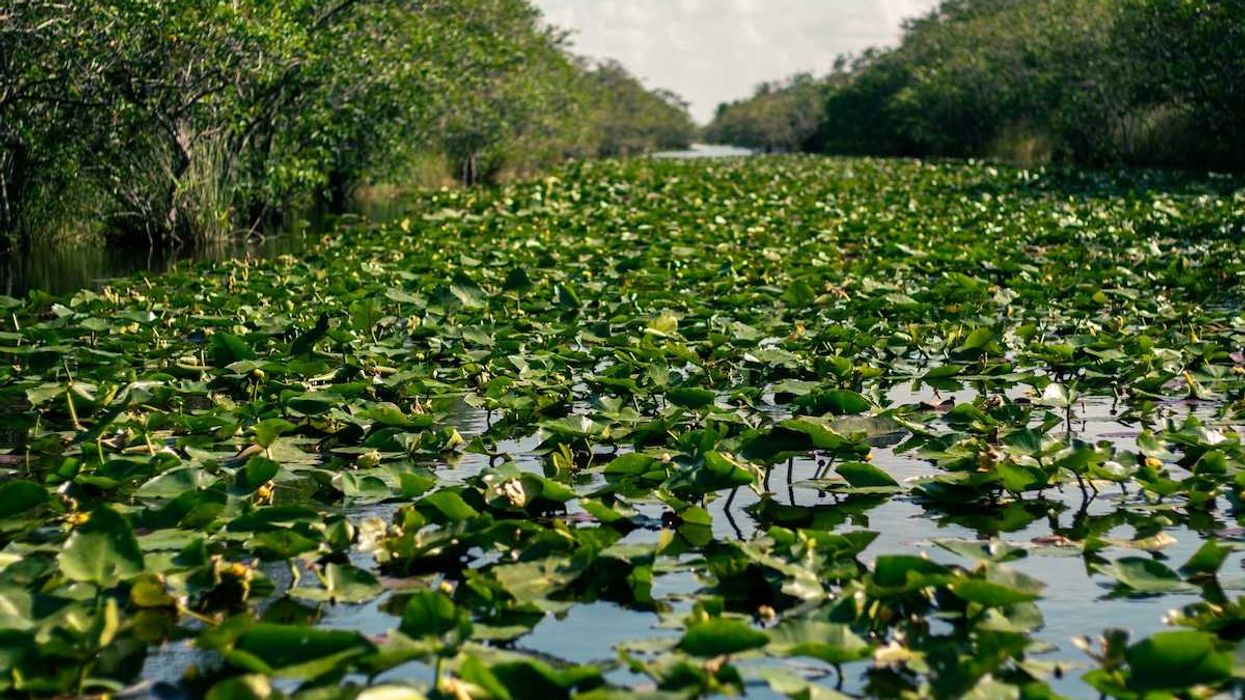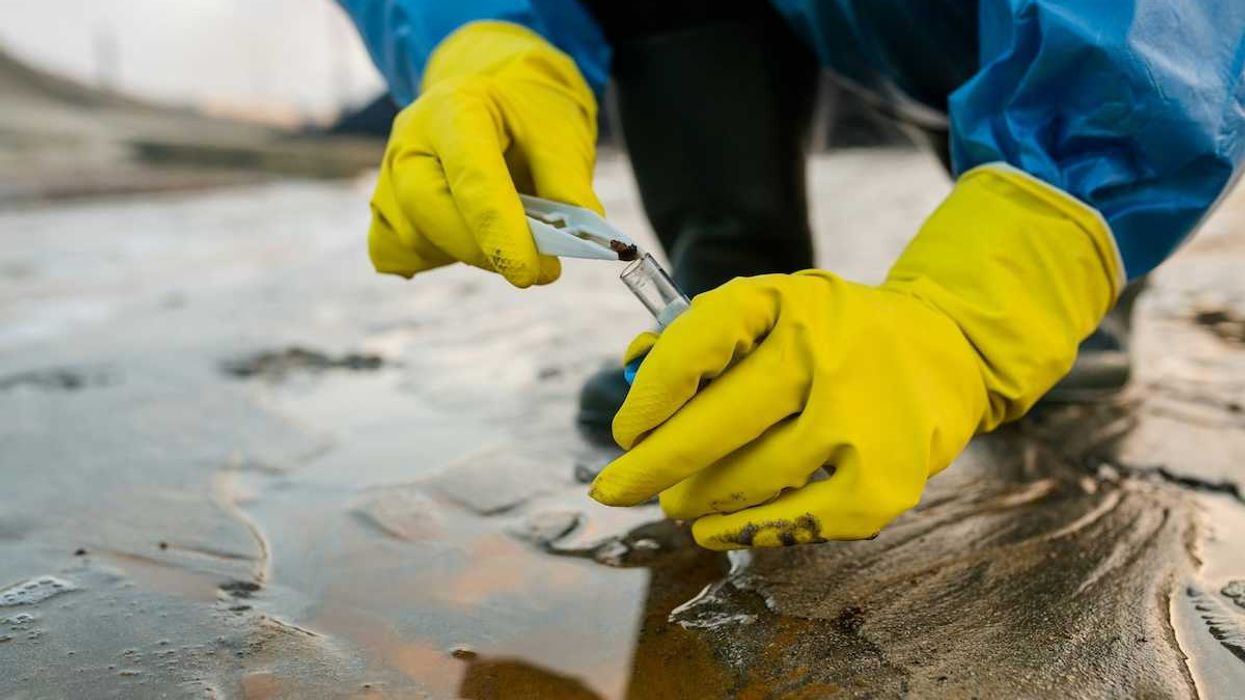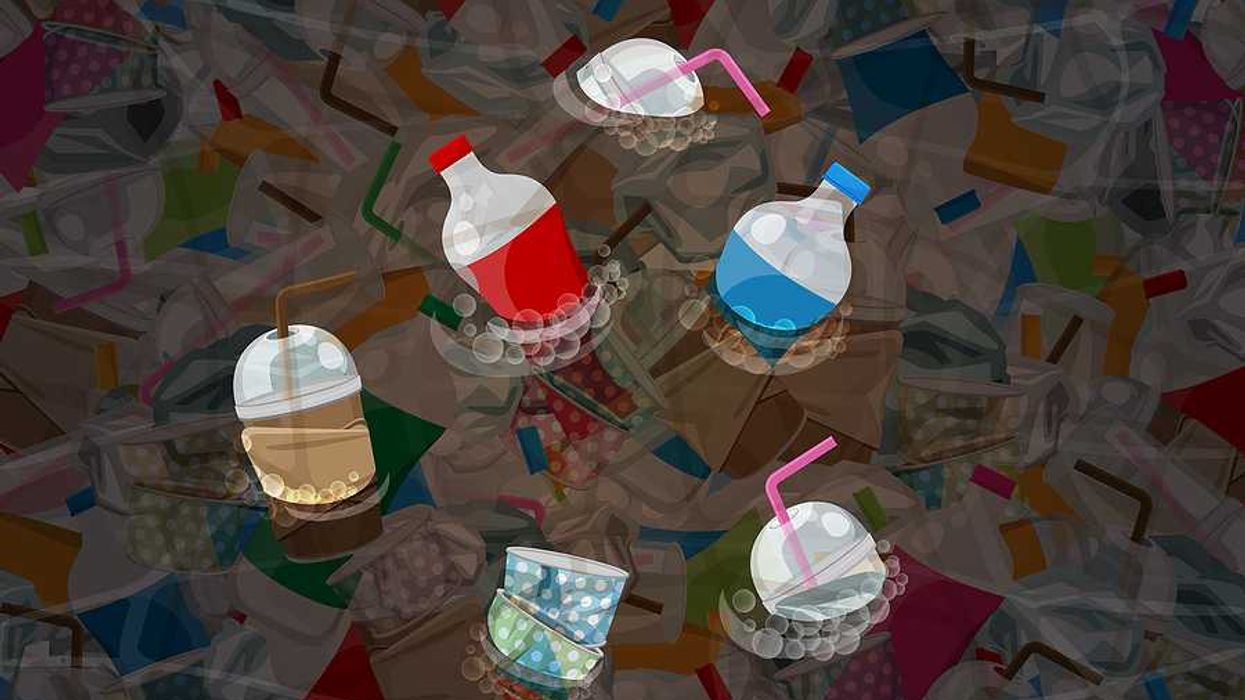Canadian water utilities are racing to assess and treat PFAS contamination after the federal government slashed drinking water limits for the chemicals and signaled plans to classify them as toxic.
Jaela Bernstien reports for CBC News.
In short:
- PFAS, used in products from nonstick cookware to waterproof clothing, have been detected in the blood of more than 98% of Canadians and linked to cancer, reproductive harm, and immune problems.
- Canada cut its recommended PFAS drinking water limit from hundreds of nanograms per liter to 30 ng/l total, but the guideline is nonbinding and provinces must decide whether to enforce it.
- Municipalities warn that removing PFAS requires expensive technology, and current methods capture rather than destroy the chemicals, leaving disposal challenges unresolved.
Key quote:
“They’re just everywhere now. So we’re being exposed every single day.”
— Mark-André Verner, Quebec toxicologist
Why this matters:
PFAS, or “forever chemicals,” linger in the environment for centuries and accumulate in human bodies. They enter water supplies through industrial runoff, landfills, and wastewater, contaminating not only drinking water but also food sources like fish and meat. Exposure has been tied to developmental delays in children, hormonal disruption, and increased risks of cancer and immune system problems. Canada’s push to limit PFAS in water comes as studies show widespread exposure, yet few treatment plants are equipped to remove them. The challenge is compounded by short-chain PFAS, which were marketed as safer replacements but may pose similar risks.














